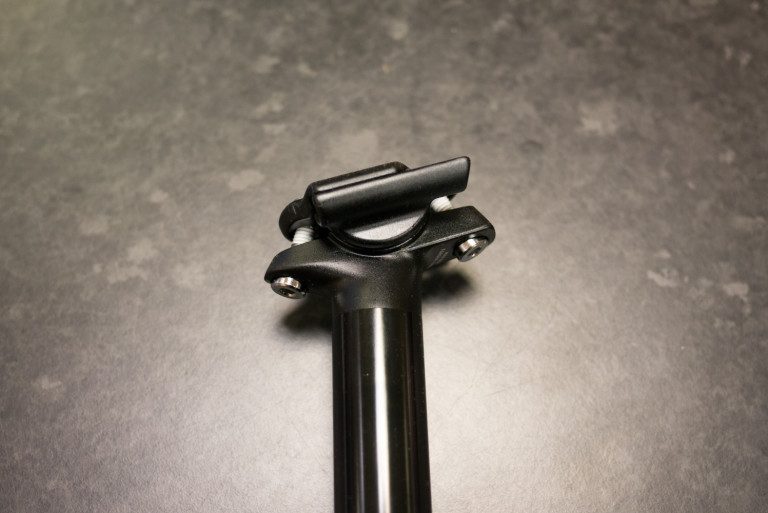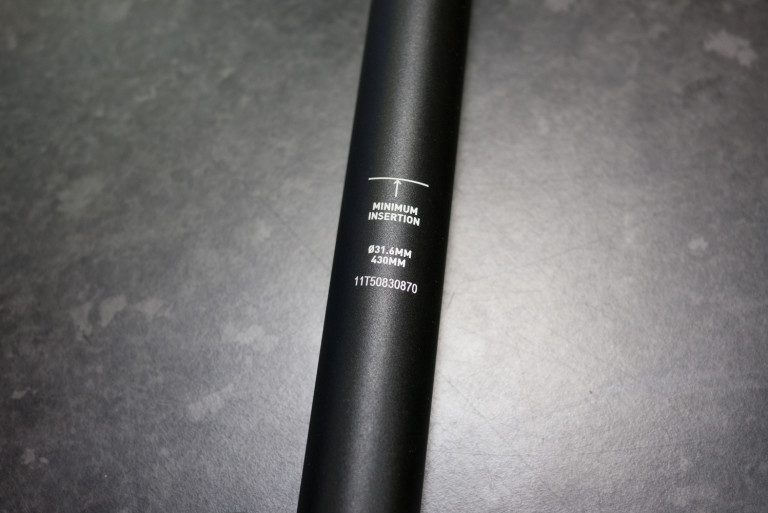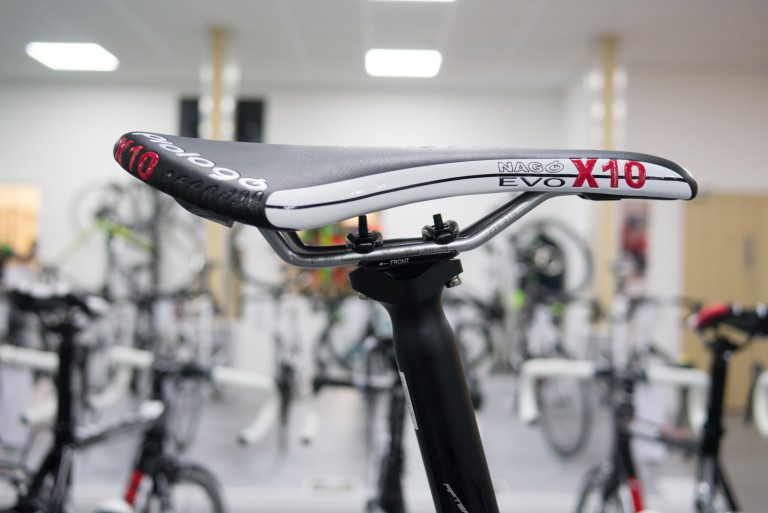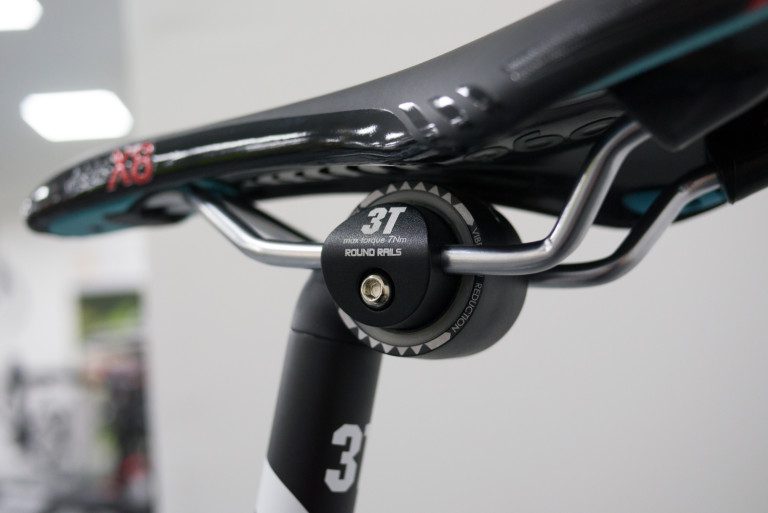There are a few things to bear in mind when choosing a new seat post so here’s what the differences are and what they mean for you.
They all do the same job and look pretty much the same but take a closer look and you’ll see a lot of subtle differences. We usually take very little notice of seat posts but they can have a surprising effect on the comfort of the ride.

Material
Construction material plays a large part in comfort. Alloy, titanium and carbon are the three materials to choose from.
Alloy posts are relatively light, cheaper and easy to install and maintain but they can be a harsh ride.
Titanium posts are expensive but light and offer a softer ride.
Carbon posts are not only lighter but can also soften the ride. The drawback is they usually cost more and more care is needed when installing.
Whichever material you go for remember to use the correct grease when installing it into the frame as each requires a different paste to help prevent seizing and damage.
Diameter
A key factor is the diameter of the seat post. This must directly match the internal diameter of the seat tube of your frame. The majority of modern seat posts are 27.2mm, 30.9mm or 31.6mm wide, with the latter often described as oversized.
Older frames may have slightly thinner diameters (eg. 26.8mm) but these are becoming rarer.
The wider the post the stiffer the ride. Many race frames have a 31.6mm post while more comfort orientated frames have a 27.2mm post. Having said that, some race frames also use 27.2mm diameter posts in a bid to soften the feel of the back end.

Length
Make sure you have the correct length of seatpost for your needs. Seatposts are available in several lengths from 280mm to 400mm so measure the amount of post you have showing (plus the minimum amount of insertion that needs to be in the seat tube) before purchase. If in doubt, measure your old post.
Whichever length you choose remember to not exceed the recommended minimum insertion limit on the post. If you are on the limit of the minimum insertion mark on your current post, then go a size up as there’s a minimal weight penalty and it’s much safer!
Layback
The amount of layback – ie. the distance between the centre of the post and the middle of the saddle rail cradle – can have quite an effect on reach and comfort.
A post with a lot of layback will result in the saddle being further from the bars, putting you in a more stretched out position.

If you feel the saddle is too far back or for efficient pedalling or for time trialling (where you want to be further forward), an inline post with no layback is a better option. A potential drawback of inline posts is it can make the ride harsher as there’s a less give/flex potential.
Saddle attachment
The cradle or clamp at the top of the seat post which holds the saddle rails can tilt forward and back to allow you to fine tune the saddle position.
The saddle clamp will be held in place with one or two bolts. Twin bolt systems are more common as they are more secure and spread the load better. Some have the bolts fore and aft, some are left and right, it just depends on manufacturer.

Certain systems such as the 3T Difflock have a sideward bolt system which hold the saddle rails in the same position but allow for easier adjustment.
Manufacturers’ exclusive saddle compatibility
There are very few at the moment but some manufacturers have cradles which can only be used with their corresponding saddles. These will have a patented rail system which is unique to that manufacturer and cannot accept any other saddle.
Some manufacturers produce a saddle with an oval shape rail which can only be used with corresponding seatpost. It looks round from a distance until you try and put it in a traditional saddle rail and tighten it…
Colour
One last – and some say crucial – aspect is colour. Does your post match your bars and stem ie. black and black, white and white or silver and silver (for a more retro look)?

Or maybe show your patriotic side with the Thomson Elite Union Jack seatpost which, as the name suggests, has the Union Jack flag emblazoned around it!
What seat post should you buy?
Leisure riders just need to make sure they’re buying a seat post with the correct diameter and in the correct length. If you’re in doubt, remove your existing seat post and have a look towards the end of the post and chances are it will have the diameter and length stamped on it.
Regular riders are well served with either a lightweight aluminium seat post or a carbon seat post. Stick with a reputable brand and a clamp head design that isn’t too wacky and you’ll be fine.
Racers should look for the lightest and stiffest carbon seat post that they can afford. So long as your reach doesn’t get compromised it may be worth trying an inline post too for increased pedalling power – especially on seated climbs.
